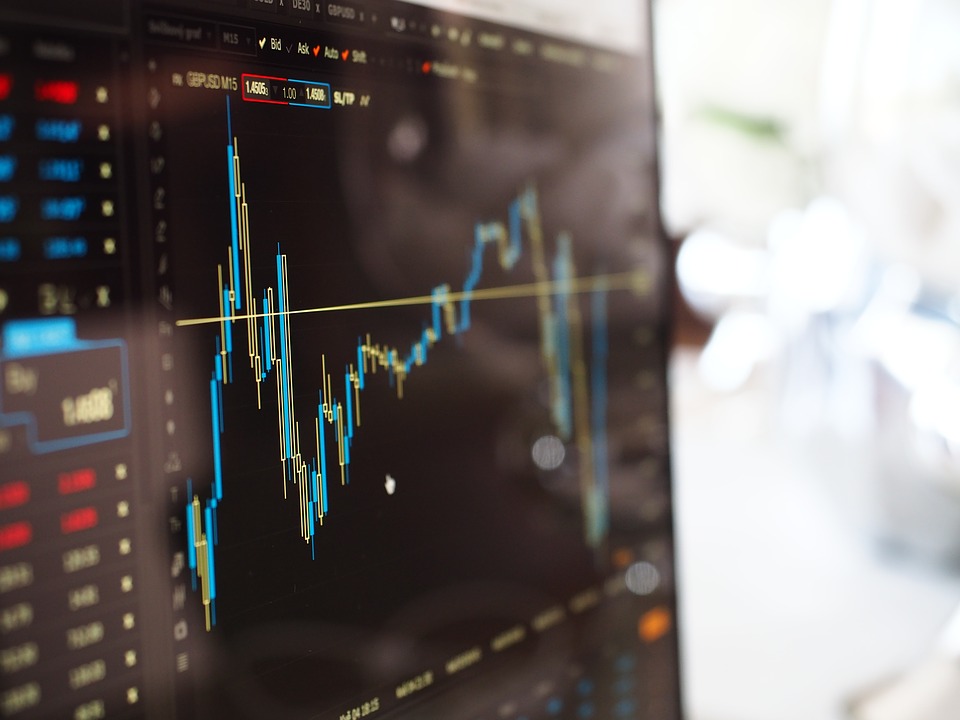Day trading is not for the faint-hearted, an introduction guide on trading.
Day traders
Most day traders make their profit from small price movements (5% to 10 %), day trading is often used as a means to get rich quickly, however not every day trader can achieve this, in fact most day traders suffer a severe financial loss in their first month of trading and many never get back to making profit. Day traders are handicapped by the bid-ask spread and trading fees, which requires them to earn significant profits to just break even.

Day trading need enough starting capital to withstand sudden and possible large-than-expected losses, and it required strong discipline, not being emotional, time and ability to learn how to trade a tested and profitable strategy quickly. Day trading is also known as intraday trading they opens (buys) and closes (sells) their trades (positions) within the trading day, leaving no trades open overnight.
Investing vs. Trading
Investing and Trading are two vastly different strategy methods to make profit from the crypto currency markets.
Investors accumulate their coins, by buying and holding, and gradually build their portfolio, they sometimes reinvest any profits and dividends into other coins, or just compound their existing position. Investor hold for long period of years, they invest in coins that has solid projects or in coins that reward their holders. Investor believe in the projects and have done their due diligence and will ‘ride out’ the downtrend with they believe that the price will recover.
Traders will more frequently buy and sell their coins, with the goal to out preform the buy-and-hold strategy. Traders profit form buying low and selling high buy looking for good entry and exit points which make traders dependent on technical-analysis-tools , such as moving averages.
Trading styles
Scalp trader – trades are held for seconds to minutes with no overnight trades
Day trader – trades are held for minutes to hours throughout the day, with no overnight trades
Momentum trader – trades are held for several hours to several days
Swing trader – trades are held for days to weeks
Position trader – trades held for weeks to months and sometimes years
Traders choose their style based on different factors e.g. starting capital, amount of time available to spend on trading, personality and risk tolerance.
Tools and knowledge that each trader need to learn no matter what trading style you prefer.
• Technical analysis
• Fundamental analysis
• Mental analysis
• Defining trend lines
• Order types
• Trading strategies
• Money management
• Finding mentors
Each of the above mentioned techniques will be individually covered in more details in my next blog posts.